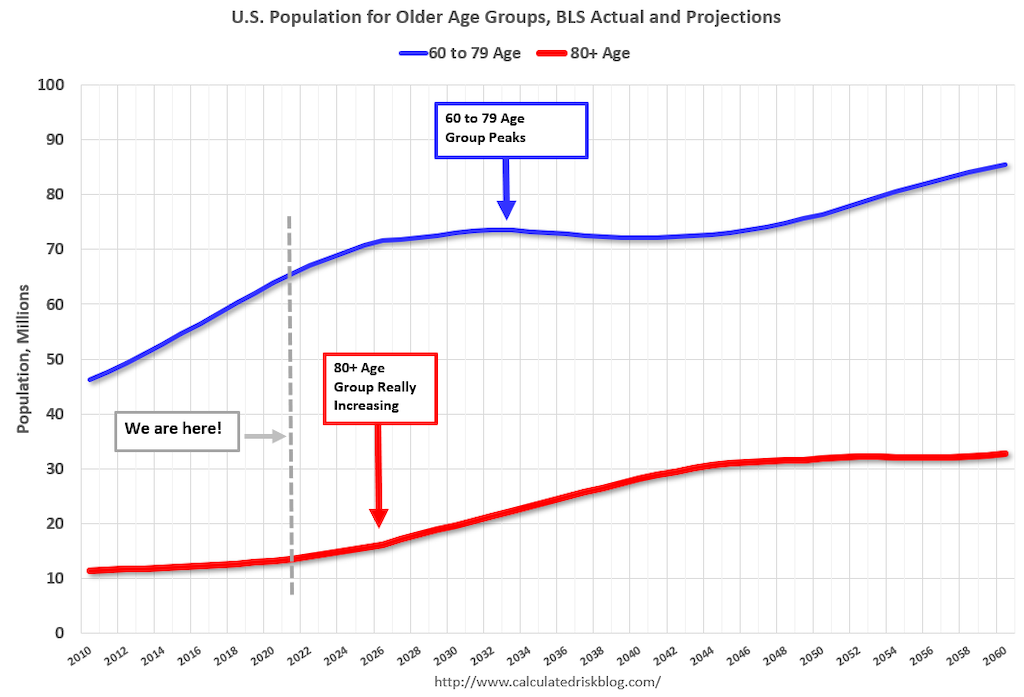Marketing & Sales
Kids Go Missing In Action As American Households Change
The demos don't lie. With fertility rates falling and Baby Boom generation adults rotating into older ages, housing's transformation is a non-negotiable.
An underlying data point that gives a sneak preview to all of housing's fundamentals is flashing a warning signal.
From a New York Times take-out special report today by Sabrina Tavernise, Claire Cain Miller, Quoctrung Bui, and Robert Gebeloff:
For decades, delaying parenthood was the domain of upper-middle-class Americans, especially in big, coastal cities. Highly educated women put off having a baby until their careers were on track, often until their early 30s. But over the past decade, as more women of all social classes have prioritized education and career, delaying childbearing has become a broad pattern among American women almost everywhere.
The result has been the slowest growth of the American population since the 1930s, and a profound change in American motherhood. Women under 30 have become much less likely to have children. Since 2007, the birthrate for women in their 20s has fallen by 28 percent, and the biggest recent declines have been among unmarried women. The only age groups in which birthrates rose over that period were women in their 30s and 40s — but even those began to decline over the past three years.

The NYT data, the work of Caitlin Myers, an economist at Middlebury College who analyzed county-level birth records, squares with Pew Research analysis by Amanda Barroso that explored a pandemic related "baby bust."
Barroso writes:
Some estimate that there will be close to 300,000 fewer births in the U.S. in 2021 as a result of the outbreak. These conjectures are already coming to fruition based on provisional monthly estimates. Overall, the U.S. birth rate dropped 4% in 2020 based on provisional data, and a look at December 2020 – the month when babies conceived at the beginning of the pandemic would have been born – shows an 8% decline from the previous December, suggesting that women may have postponed pregnancies in response to the ongoing public health crisis.
Demographics may not be destiny, but they do make for a solid set of data points for structural demand, present and future.
Calculated Risk blogger Bill McBride focuses here, not so much about the missing kids as on the aging out of the market-maker cohort of the 20th Century.

The next big housing shift will be when the Baby Boom generation starts to downsize and move to retirement communities. No cohort is monolithic - some people will age-in-place until they pass away, others will move in with family (or family will move in with their parents), and some will move to retirement communities.
There is no magic age that people reach and start to transition, but looking at prior generations, it seems to start when people are around 80 years old.


